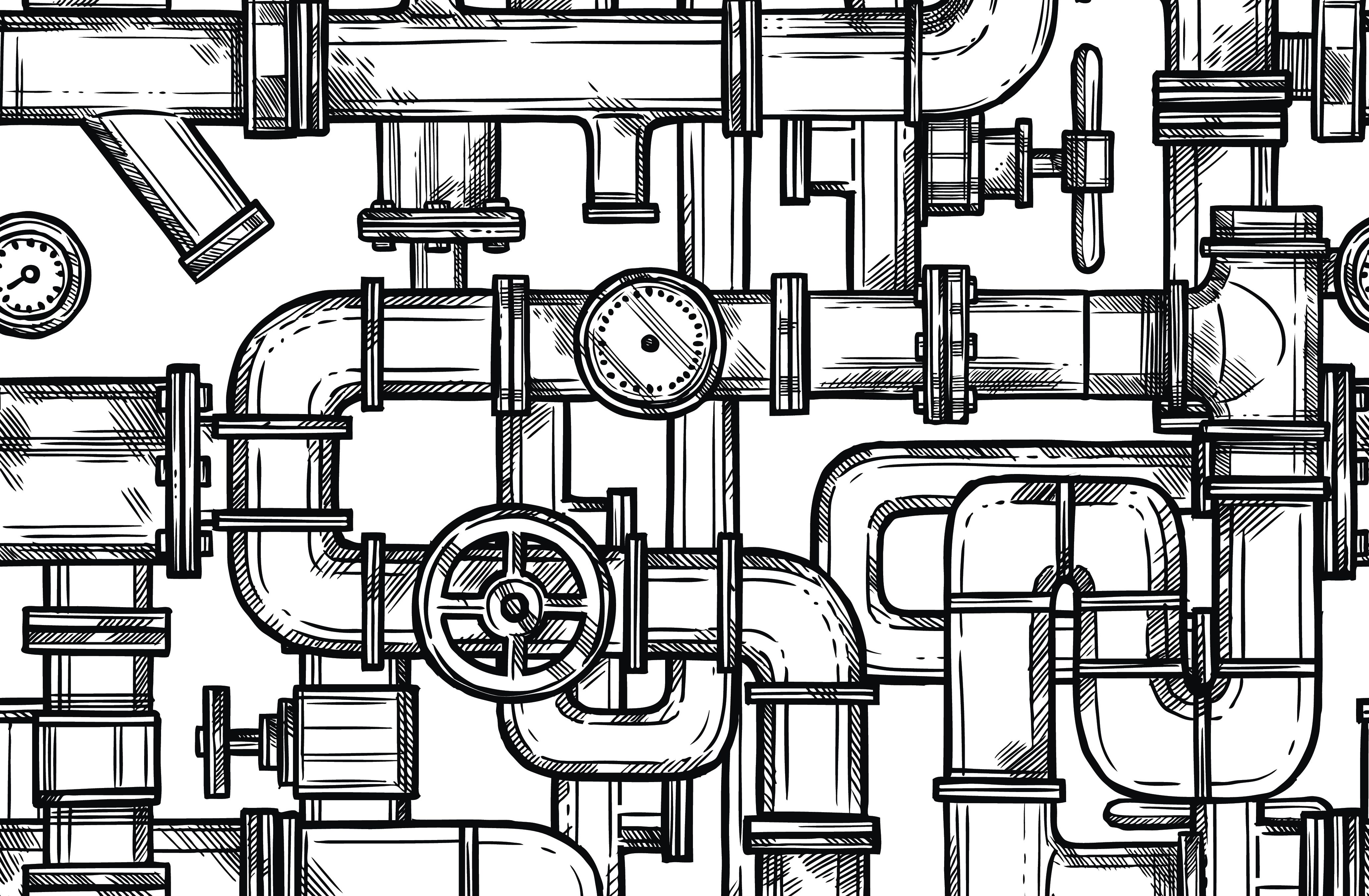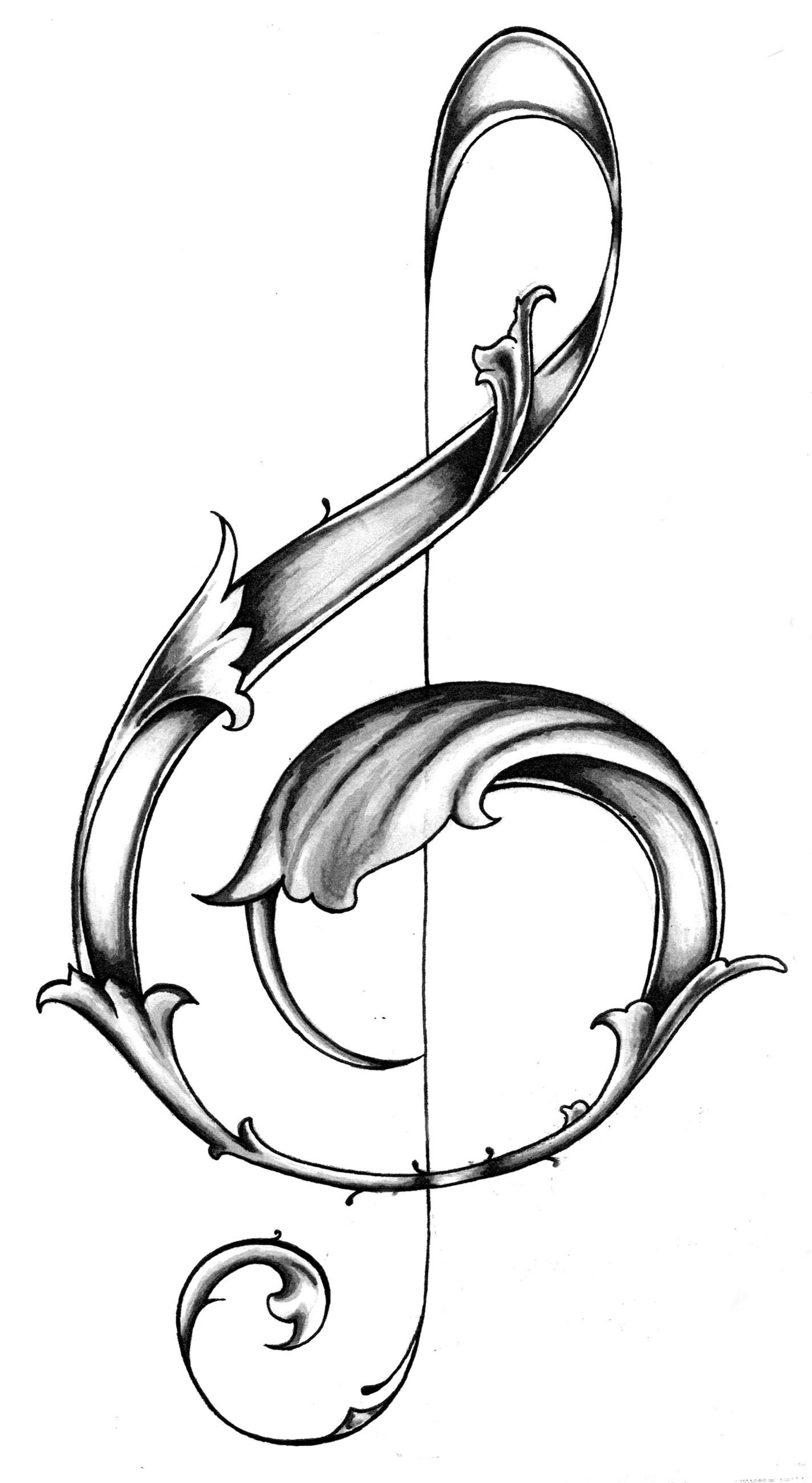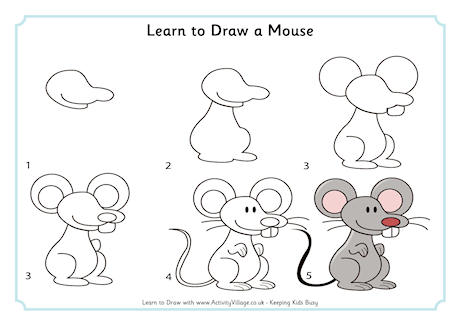Pipes drawing system sketch pattern getdrawings
Table of Contents
Table of Contents
Are you struggling to draw pipes in Revit? As a beginner, it can be overwhelming to navigate a complex software like Revit, especially when it comes to drawing pipes. But fear not, in this post we’ll provide you with some helpful tips and tricks to make drawing pipes in Revit a breeze.
Common Pain Points in Drawing Pipes in Revit
Whether you’re a novice or an experienced user, you may have come across some of the pain points associated with drawing pipes in Revit. Some common issues include difficulty in understanding the software’s interface, lack of knowledge about pipe fittings and their connections, and a general feeling of uncertainty when it comes to drawing pipes in 3D space.
Answering the Target: How to Draw Pipes in Revit
The first step in successfully drawing pipes in Revit is to understand the various pipe fittings available in the software. These fittings include elbows, tees, couplings and valves, among others. Once you understand the function of each fitting, you can start placing them in the model in any desired configuration. The second step is to understand how to connect these fittings using pipes. This involves drawing pipes between the fittings, adding pipe connectors and setting up pipe systems.
Summary of Main Points
To summarize, drawing pipes in Revit involves understanding pipe fittings and their connections, placing them in the model, and connecting them with pipes. It’s important to have a basic understanding of the software’s interface, as well as the types of fittings available.
Using Revit’s Tools to Draw Pipes
Revit provides tools for drawing pipes that simplify the process. For example, you can use the ‘Piping’ tool to select and place pipe fittings from a catalog, while the ‘Auto Route Pipe’ tool enables automatic routing of pipes between the fittings. To make the process even easier, you can customize the toolbars and create shortcuts for the most frequently used tools.
Here’s an example of how to draw a pipe using the ‘Piping’ tool:
 1. Open the Piping tool.
1. Open the Piping tool.
2. Select a fitting from the catalog, such as an elbow or a tee.
3. Click on the starting point for the pipe in the model.
4. Click on the ending point for the pipe.
5. Repeat the process for each fitting in the model.
Working with Pipe Systems in Revit
Revit allows you to create and manage pipe systems, which are groups of connected pipes that serve a particular purpose, such as hot water or chilled water systems. By using the ‘System Browser’ tool, you can view and manage all the pipe systems in the model. When creating a new pipe system, you can specify the system type, flow direction, and other parameters.
Here’s an example of how to create a new pipe system in Revit:
 1. Open the ‘System Browser’ tool.
1. Open the ‘System Browser’ tool.
2. Click on ‘New System’.
3. Select the pipe fittings that will be part of the system.
4. Specify the system parameters, such as flow direction and fluid type.
5. Save the new pipe system.
Understanding Pipe Dimensions in Revit
When drawing pipes in Revit, you need to be aware of their dimensions, such as diameter and thickness. This information is important for calculating flow rates and other hydraulic parameters. Revit provides tools for specifying pipe dimensions, including the ‘Properties’ tool and the ‘Edit Type’ tool.
Making Adjustments to Pipe Drawings
Revit allows you to make adjustments to your pipe drawings even after they have been inserted into the model. You can modify the pipe size, shape or position by selecting the pipe and using the ‘Edit’ tool. Similarly, you can make adjustments to pipe fittings by selecting them and using the ‘Properties’ tool.
Question and Answer
1. How do I draw pipes at an angle in Revit?
A: To draw a pipe at an angle, use the ‘Rotate’ tool or adjust the pipe’s slope in the ‘Properties’ tool.
2. Can I edit the dimensions of a pipe system in Revit?
A: Yes, you can edit the dimensions of pipes and pipe systems by selecting them and using the ‘Edit’ or ‘Properties’ tool.
3. Can I change the material of a pipe in Revit?
A: Yes, you can change the material of a pipe by selecting it and using the ‘Edit Type’ tool.
4. How do I add pipe supports in Revit?
A: To add pipe supports, use the ‘Pipe Support’ tool or create custom supports using the ‘Family Editor’ tool.
Conclusion of How to Draw Pipes in Revit
Drawing pipes in Revit can be intimidating, but with some basic knowledge of the software’s tools and features, anyone can create complex pipe systems in 3D space. By understanding the different pipe fittings available, using the ‘Piping’ and ‘Auto Route Pipe’ tools, managing pipe systems, and adjusting dimensions and materials, you can create accurate and professional-looking pipe drawings in no time.
Gallery
Pipes Drawing At GetDrawings | Free Download

Photo Credit by: bing.com / pipes drawing system sketch pattern getdrawings
Vector Set Of Pipe Stock Vector. Illustration Of Cartoon - 118722116

Photo Credit by: bing.com / pipe vector cartoon drawn hand illustration preview
How To Draw Drainage Pipework In Revit - 7 Tips - YouTube

Photo Credit by: bing.com / revit drainage
Pin By Barth Thibaut On Graphic Design | Plumbing Pipes, Plumbing

Photo Credit by: bing.com /
Pipe Dans Un Plan - Jahhacordauimab.over-blog.com

Photo Credit by: bing.com / autocad elbow pipa






